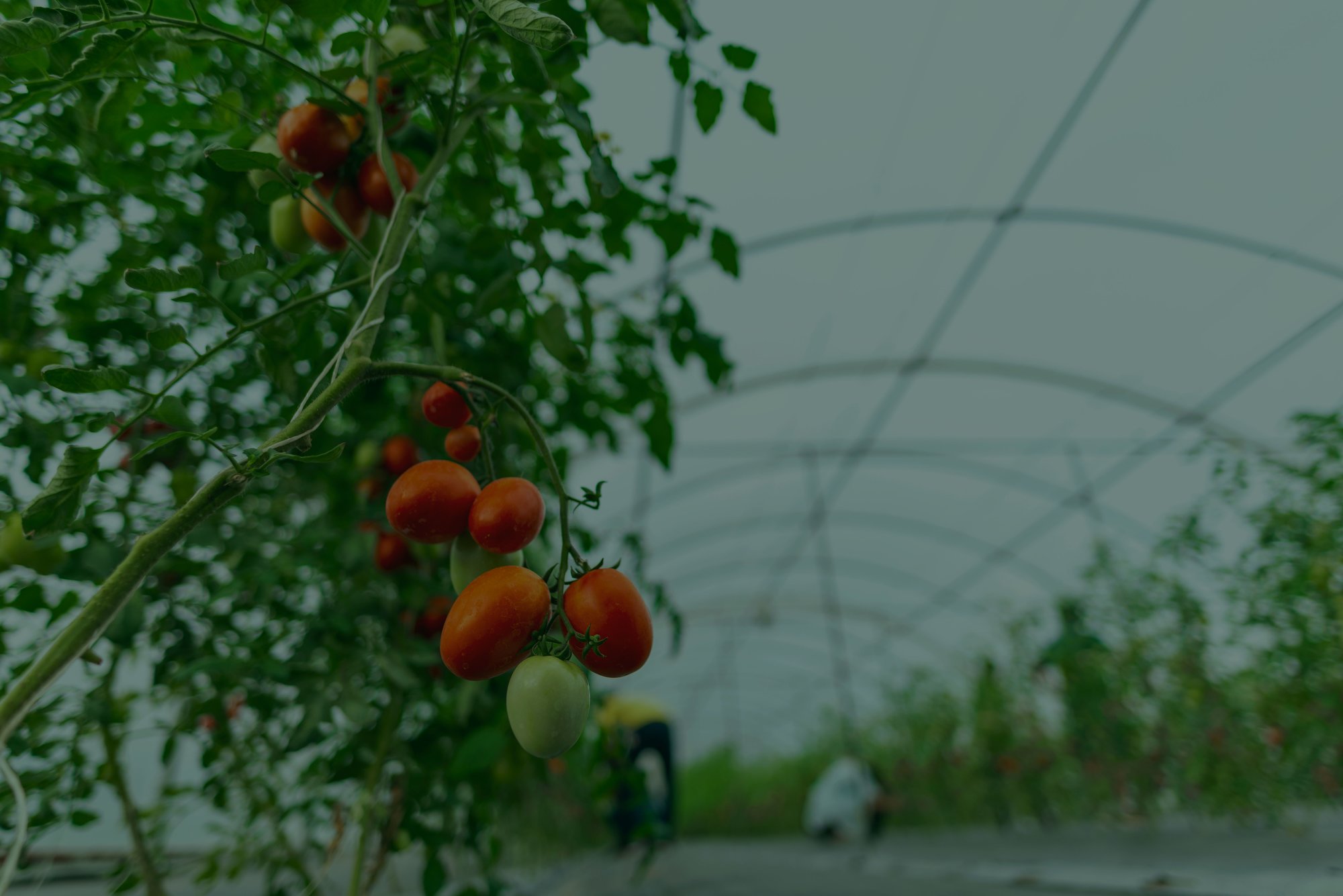
RegEnergy
Newsroom
The important greenhouse mission of bumblebees
Frövi in Sweden, where Selected RegEnergy's first project has been completed in the form of a 100,000 m2 greenhouse, will soon be home to some very special residents. The greenhouse will grow approximately 8,000 tons of tomatoes per year, and the greenhouse is special because it is heated by recycling waste heat from a nearby paper products factory. The heat is circulated in the greenhouse in a 400 km long pipe system and heats the greenhouse to the right temperature, after which the cooled heat is returned to the paper mill.
There are many details to take care of in a project of this scale. Everything from the right temperature, lighting, and plant spacing is closely monitored by the specialized growers who spend their days in the greenhouse. But some of the most important labor in the greenhouse will be provided by bumblebees. It is their job to pollinate the tomato plants, which without pollination will not produce fruit. Pollination is such an important part of the process that greenhouse growers make regular checks to ensure that the bumblebee's claws reach every flower in the greenhouse.
A bumblebee is not just a bumblebee
There is almost an entire science behind the deployment of bumblebees and FoodVentures has been using their experience for several years to improve the way bumblebees can be used in the greenhouse. One of the challenges that bumblebees can face in the greenhouse is the dark months in Sweden. Bumblebees need natural light to fly around and pollinate the tomato plants. During the months when there aren't many hours of natural light, bumblebees rely on the artificial light in the greenhouse. However, they can't fly around too long in artificial light because it will eventually confuse them to the point where they can't find their way home. That's why you close the exit to their “bumblebee hotel” so they can get the break they need and continue working the next day.
The bumblebees used to pollinate the tomato plants are not just taken from the wild. Instead, they come from specialized breeders who supply bumblebees that are adapted to the greenhouse environment. This is to ensure optimal pollination of the plants. However, it is not possible to introduce bumblebees in all countries as will be the case with the RegEnergy project in Frövi. In Australia, for example, it is not possible to import bumblebees, so pollination of the plants is done manually, which is a more expensive and inefficient solution compared to bumblebees.
Biological balance in the greenhouse
However, bumblebees are just one part of the complex ecosystem that takes place in the greenhouse. In addition to bumblebees, the population of other insects is also controlled. One way to regulate the population of unwanted insects is by introducing their natural enemies into the greenhouse.
This is the case with whiteflies that eat the tomato plants. In conventional agriculture, tomato plants are sprayed with pesticides to kill whiteflies. But in the greenhouse, a more natural solution is used: macrolophus, which is a natural enemy of whiteflies. These insects do not harm the tomato plants, but eat the whiteflies and keep the population down.
By controlling and harnessing the forces of nature, FoodVentures is creating a sustainable and efficient system to bring fresh, tasty tomatoes to Swedish consumers - and it can't be done without the bumblebees.
Watch all videos here:
- Video 1: From Dutch greenhouses to Swedish tomatoes: How FoodVentures is changing agriculture
- Video 2: From farm to plate - How greenhouse farming could be the future of food production
- Video 3: Innovation in food production in Sweden: Local, fresh tomatoes packed with flavor
Selected RegEnergy fund
By 2030, it is estimated that up to 53% of Europe's energy consumption will be lost in the form of excess heat (https://www.whyenergyefficiency.com/solutions/allsolutions/the-worlds-largest-untapped-energy-source-excess-heat). In addition, water shortages and drought are a growing problem in several of the countries where tomatoes, for example, are currently produced. It therefore makes sense to move production closer to the consumer.
The project in Frövi is just the first project in the Selected RegEnergy fund. The fund's ambition is to establish several projects, including greenhouses, where waste products from industrial production are used for sustainable food and biomaterial production.
An investment in the Selected RegEnergy fund is a long-term investment where you as an investor can look forward to an average annual return of over 15%.


